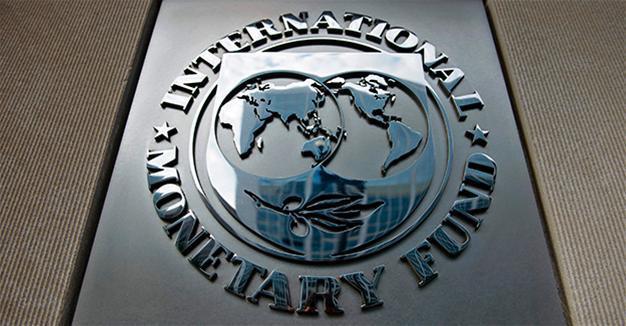IMF cuts US growth forecasts, cites Trump fiscal plan uncertainty
WASHINGTON - Reuters

The International Monetary Fund on June 27 cut its growth forecasts for the U.S. economy to 2.1 percent for both 2017 and 2018, dropping its assumption that President Donald Trump’s tax cut and fiscal spending plans would boost growth.
The IMF, after a review of U.S. economic policy, said the Trump administration was unlikely to achieve its goal of annual GDP growth of 3 percent over a sustained period, partly because the labor market is at a level consistent with full employment. The U.S. economy grew 1.6 percent last year.
The assumed stimulus from expected tax cuts and new federal spending spurred the IMF earlier this year to bump up its U.S. growth forecasts to 2.3 percent in 2017 and 2.5 percent in 2018.
The assumptions for those forecasts appeared to have evaporated in the face of a lack of details over the Trump tax plan and the $3.6 trillion in government spending cuts proposed in the administration’s budget plan in late May.
“We are removing that fiscal stimulus because now we have in front of Congress a budget that assumes an important fiscal consolidation in the next few years,” Alejandro Werner, head of the IMF’s Western Hemisphere Department, said in a press conference.
“Looking at the U.S. data, it is unlikely that these set of policies can generate an acceleration of economic growth of a magnitude of let’s say approximately 1 percentage point.”
Trump, a Republican, campaigned last year on a pledge to swiftly cut taxes, roll back regulations and lift infrastructure spending, prompting many economists and investors to increase their U.S. growth forecasts.
But details of the White House’s tax plan remain sparse as Trump advisers attempt to win over fiscally conservative Republicans in Congress who want any changes to ultimately be revenue-neutral.
The IMF said the Trump budget plan put a disproportionate share of spending cuts onto low- and middle-income households, adding that it “would appear counter to the budget’s goals of promoting safety and prosperity for all Americans.”
Instead, the Fund suggested a tax policy that would improve the federal revenue-to-GDP ratio, more balanced cuts that strengthen the social safety net’s efficiency, and efforts to contain healthcare cost inflation.
 The International Monetary Fund on June 27 cut its growth forecasts for the U.S. economy to 2.1 percent for both 2017 and 2018, dropping its assumption that President Donald Trump’s tax cut and fiscal spending plans would boost growth.
The International Monetary Fund on June 27 cut its growth forecasts for the U.S. economy to 2.1 percent for both 2017 and 2018, dropping its assumption that President Donald Trump’s tax cut and fiscal spending plans would boost growth.